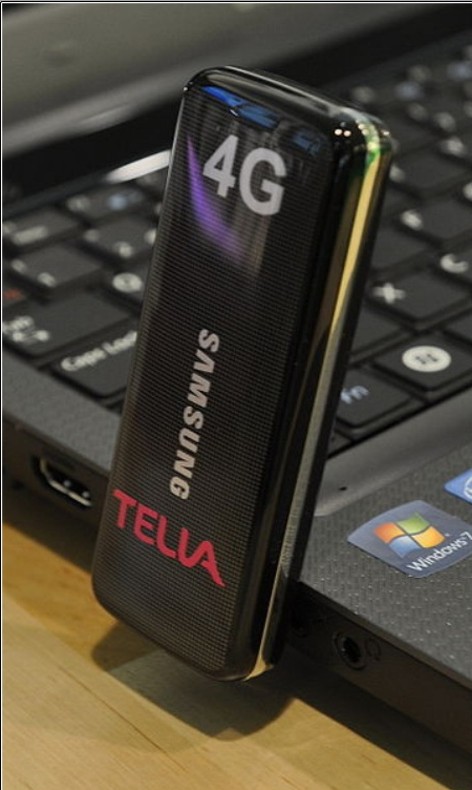|
HOME
Technology Dec 2010 Data drives mobile upgrades Cellular competition escalating |
|
Next generation cellular networks will deliver speeds of 100Mbit/s -
200Mbit/s; more than 20 times faster than most fixed line broadband
connections.
Ultrafast cellular networks that rival fixed line
internet access are about to become mainstream as mobile users demand
light speed downloads and high resolution results. In its 2010 broadband forecast, US researcher Ovum predicts mobile broadband will swamp fixed broadband by more than 300 percent by the end of 2015, with around 3.2 billion subscribers worldwide. Cellular carriers are having to pay greater attention to coverage and capacity with mobile data traffic worldwide expected to increase 4000 percent by 2014 when the number of smartphones is expected to outnumber PCs, laptops and netbooks.
New Zealand was off to a slow start with mobile internet access growing 7 percent to 18 percent between 2007 and 2009. However the market will surge forward now that Vodafone, Telecom and 2degrees are all on 3G networks that can use the same phones and offering more affordable monthly and pre-paid plans.
More
competition ahead
Meanwhile the
cellular carriers continue to tweak their capabilities. Telecomís XT
mobile network claims average data speeds of up to 3Mbit/s downstream
and 750kbit/s upstream. Meanwhile 2degrees which launched the first stages of its 3G network on its first birthday in August claims average speeds of 800kbit/s to 1.4Mbbit/s. It switches to the Vodafone network where it doesnít have its own sites.
The current 3G networks which first appeared about five years ago are essentially voice networks optimised for web browsing, video and music downloads while 4G is geared from the ground up to make better use of radio spectrum for streaming video and videoconferencing and displaying higher resolution images.
The new
networks are complimentary to 3G, delivering data downloads at 100Mbit/s
and greater. About 20 carriers are building them and the first phones
went on sale in the US mid-year. One user said it was like comparing
regular analogue TV and HDTV.
However 4G comes at a high price and some suggest New Zealand carriers
should share the cost of spectrum, cell sites and a single nationwide
network, or that one builds and wholesales services to the others. |
